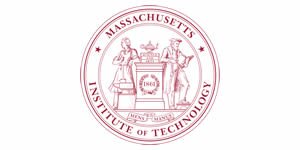RSS feed source: Centers for Disease Control and Prevention--Office of Public Health Preparedness and Response
This Track seeks to increase the capacity of only IHEs with low to medium RTRL. IHEs that are a good fit for this Track are those that have a low to moderate level of research activity and are in a position to identify high-promise discoveries/innovations, solicit disclosures of such discoveries/innovations, evaluate those discoveries/innovations and their product or service markets for protectability and product-market-fit potential, and protect IP thereby incentivizing and initiating a pipeline for subsequent translation activity to de-risk technologies, conduct proof-of-concept work, and advance technologies through partnership or new venture creation. Developing the building blocks for identification, pipeline development, evaluation, and IP protection activity is the primary aim of the ACT Track. Specifically, the primary goals of this Track are to build capacity and infrastructure for technology transfer units to develop a culture of innovation and entrepreneurship, grow innovation management capacity and process-supported
Click this link to continue reading the article on the source website.


